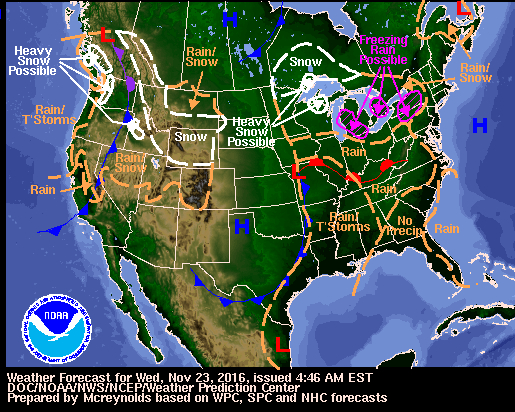By Dan Whitcomb
LOS ANGELES (Reuters) – As California edged toward historic rainfall totals in one of the wettest winters in memory, its neighbor state across the Pacific Ocean, Hawaii, has been hit with sustained blizzard conditions that have dumped 8 inches of snow onto mountain peaks.
Snow is not unheard of for the higher mountains of Hawaii, which reach above 10,000 feet (3,000 meters) in elevation, but weather experts say this week’s storm was particularly strong and lingered over the state, delivering a heavier than usual punch.
“The reason for the snow amounts being heavier than we usually see is that the upper low (pressure system) really persisted down there, that has allowed colder air to remain locked in place,” said Andrew Orrison of the National Weather Service’s Weather Prediction Center.
But the blizzard conditions in a state normally thought of as a tropical paradise have made national headlines, accompanied by pictures of snow-capped Hawaiian mountain peaks.
In California, meanwhile, heavy rains have swollen rivers and reservoirs and blanketed the Sierra Nevada mountains with twice as much snow as usual this winter, helping power the state out of five years of severe drought.Orrison said with winter not yet over the state was already among the top two to three seasons on record for snow and rainfall in Northern California.
“Right now we’re looking at potentially an all-time record for rainfall and you have to go back to the winter of 1982-83 for snow pack being as deep as it is.”
He said that while there was still some “lingering concern” for Southern California, which has not had as much snow and rain, the northern and central part of the state were no longer considered to be in a drought.
“It’s a very good story to have and there has just been substantial improvement, even in Southern California,” Orrison said.
On Thursday, the National Drought Mitigation Center said that less than 10 percent of the state remained in drought – the lowest amount since 2011.
By comparison, on the same day last year more than 95 percent of the state was in the throes of an unprecedented, five-year drought that led farmers to fallow fields and cost billions to the economy.
Forecasters said it was too early to predict what could be in store next winter, although there were some preliminary indications of a so-called El Nino climate pattern that warms the ocean and typically brings more rain and snow to California.
(Reporting by Dan Whitcomb in Los Angeles; Additional reporting by Sharon Bernstein in Sacramento; Editing by David Gregorio)











